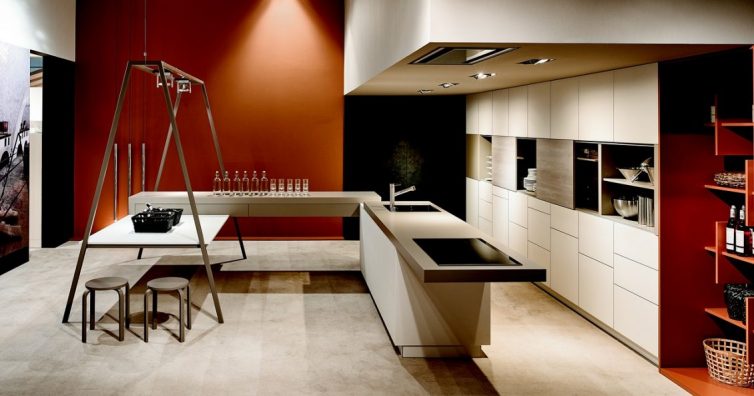You might not have thought about replacing your kitchen’s halogen bulbs with LEDs, given the latter often has a high price tag.
But having LED kitchen lights can actually save you a lot of money in the long term. You can go green and keep your wallet happy if you switch to LEDs.
What are LEDs?
LED stands for “light emitting diode”. Whilst halogen bulbs use electricity running through metal to heat up a gas which then gives off a bright light, LEDs run electricity through a solid light emitting material called a “semiconductor”.
The reason why LEDs have not replaced normal light bulbs already is because in the past they tended to emit noticeably less light than halogens or filament bulbs.
But now LED technology has become advanced enough to offer bright LEDs that match the quality of regular bulbs.
Why are LEDs So Eco-Friendly?
LEDs are much more environmentally friendly than halogens or traditional incandescent bulbs. Normal light bulbs waste about 90% of the energy that they use, most of it coming out as heat. They also waste light by sending it out in all directions.
LEDs are a lot more energy efficient and send out light in only one direction. The LED equivalent of a 60 watt bulb emits the same amount of light, but only uses around 10 watts of power.
Normal light bulbs burn out very frequently and have to be changed, which can be annoying and time consuming. LED bulbs by contrast last a lot longer: the average LED bulb will carry on working at the same quality for over a decade, where an equivalent regular bulb would burn out in under a year.
Whereas regular bulbs die suddenly and provide no more light until they get replaced, an LED that passes its lifespan will still emit light; this light will just be dimmer and will gradually reduce over time. This makes the lightbulb changing process more convenient.
LEDs are also more eco friendly when it comes to waste. Modern LEDs use far fewer materials that risk damaging the environment when disposed of. They have less of a negative impact on soil, air and water quality than halogens, as well as producing a smaller overall volume of waste.
Save Money with LED Bulbs
LED bulbs pay for themselves by reducing your electricity costs. You can expect to recoup the cost of an LED bulb within about two years.
Also, the long lifetime of the bulb compared to the need to constantly install new halogens means you can save hundreds more pounds each year.
Think of it like a smart investment: you put a larger amount of money in at the start to pay for the LED lights, which then save you a lot of money and hassle in the long term.
You will also save money indirectly by reducing environmental damage. Public money used to repair the environment will impose indirect costs on you in the long term. You can prevent this by taking action now to reduce your environmental impact.
